[ad_1]
As you might know, VS1 clarity is among the top clarity grades. This sounds promising, but can you actually see the inclusions of a VS1 diamond?
The quick answer is no, or at least you shouldn’t. Minute imperfections within the diamond would be hard to spot with the naked eye. You’d need a really powerful magnifying glass to see them.
However, this is far from being the only thing that makes VS1 diamonds attractive. The following details the properties, advantages, and approximately pricing of this clarity of diamonds. To be followed by a few examples and shopping tips.
VS1 Clarity – Basic Characteristics

To begin with, you need to understand what diamond clarity is. It’s one of the 4Cs of diamonds and in this case, the clarity refers to the presence or absence of inclusions and imperfections.
VS1 is short for Very Slightly Included 1. As mentioned, this denotes that the diamond isn’t flawless, but it’s not like the inclusions are going to jump right at anybody who sets eyes on the stone.
To put things in perspective, all GIA (Gemological Institute of America) experts would have to undergo training to be able to discern VS1, VS2, VVS1, and other categories of GIA experts. This is because it can be very hard to consistently rate diamonds, what with the fact that the inclusions can be very different.
Some inclusions are almost always inevitable, and only a small percentage of diamonds are FL (Flawless). This is due to the formation of natural diamonds in the crust of the earth.
More specifically, diamonds grow at 80mi to 120mi down in the earth’s mantle. Extreme heat and pressure push the carbon content to form very tough and beautiful stones. Scientists estimate that it could take up to three billion years for diamonds to become diamonds, very few of which would come out of all of this in absolutely pristine condition.
The GIA is the authority that devised the clarity scale of eleven grades (I3 to FL), and VS1 is in the upper echelon. It’s worth noting that it’d be hard for you to spot the imperfections even if you were to use magnification, especially for the smaller diamonds (2.00-carat or less).
But if you really want to see them, you can get hold of a jeweler’s loupe (10x magnification) and look into the diamond. With the whole stone in focus, you might still have to give your eyes a few seconds to spot the defects.
Inclusion Properties

Not all inclusions are equal as they vary in size, nature, number, location, and relief.
The bigger the imperfection the lower the grade, and to be rated VS1 the inclusions would have to be small. The nature is determined by the type of imperfections and inclusions deep inside the diamond, which is common with VS1 gemstones.
For instance, VS1 diamonds may have trapped within a tiny fleck of mineral during its long formation. However, if the imperfection doesn’t penetrate the stone, it’s a blemish and not an inclusion. These aren’t common with VS1 diamonds as long as they’d have been expertly cut.
For VS1 stones, the number of inclusions allowed is only a couple (usually towards the girdle). This brings us to the location where the closer they are to the center table, the lower the grade. That’s because being closer to the girdle would make the inclusions much harder to notice.
On a side note, any inclusions close to a diamond’s pavilions are reflective. This means the facets behave like mirrors and reflect the inclusions.
And then there are diamonds of the same clarity grading and weight but different inclusion location. If the remaining 4Cs are a match, you can expect the diamond with less noticeable inclusions (close to the girdle) to be about 5% more expensive.
Lastly, the relief indicates the level of inclusions compared to the host diamond. Without going into detail, higher relief could make the diamond appear darker and decrease the grade. Again, there’s little to no relief with VS1 diamonds.
Expert Tip
You should know that certain clarity characteristics can be somewhat obscured by the facet arrangement, shape, and diamond proportions. An experienced jeweler would know how to mask them with the setting and the under-gallery.
What Is an “Eye-Clean” VS1 Diamond?
It’s a diamond that appears flawless to the naked eye, except finding one isn’t as simple as you might think.
As said, the heavier the stone, the more noticeable the imperfections. And the location of the imperfections also plays a major role, as well as the cut.
For example, Diamond, Emerald, Asscher cuts have step cuts. This means they’re square or rectangular and may have a lot of parallel facets. The downside is that the facets would emphasize the inclusions and make them easier to spot.
After that, there are also the color of the inclusions and the quality of the cut. The best cuts, regardless of the shape, have optimal light performance and may conceal the inclusions. And VS1 diamonds have inclusions that are usually colorless, but this depends on the color grading of the diamond.
Furthermore, the inclusions may become highly visible under certain lighting and eye angle.
The bottom line is that you should peer into the diamond at different angles and perhaps under different lighting, if possible.
What Are the Prices of VS1 Diamonds?
Determining the price based on the clarity alone is tricky. As you know, a diamond’s weight, color, and cut contribute to the value of VS1 stones, which can be quite expensive.
For instance, a 1.00-carat diamond of VS1 clarity and D color (colorless) may set you back more than $11,100. See below.
If you’re looking for something less expensive VS1, you’re going to have to settle for a smaller diamond or a less desirable color. As a loose-rule, for this clarity bracket, you shave off about $1,000 as you go down the color grading. An E color diamond is therefore approximately $11,000, F color is under $10,000, and so on. This assumes the same weight, of course.
Price Chart for VS1 Diamonds
This price chart was last updated on July 21 2020. The chart is for a Round Brilliant Cut diamonds with a good cut.
| Diamond Size | Diamond Price | |
| D Color | 1.00 Carat | $11,100 |
| E Color | 1.00 Carat | $10,100 |
| F Color | 1.00 Carat | $9,400 |
| G Color | 1.00 Carat | $8,400 |
| H Color | 1.00 Carat | $7,400 |
| I Color | 1.00 Carat | $6,300 |
| J Color | 1.00 Carat | $5,500 |
| K Color | 1.00 Carat | $4,400 |
| L Color | 1.00 Carat | $4,000 |
Diamonds of non-standard weigh, such as between 0.5 and 0.75 carats, are usually less expensive. And there are less pricey cuts as well.
At the end of the day, the goal is to look for a good balance of all the 4Cs.
How to Shop for a VS1 Clarity Diamond?

Whether you’re shopping for your engagement ring online or in person, you need to ask for a certificate, preferably from the GIA. If that’s not available, then AGS, EGL, UGL, and IGI certificates can be good alternatives.
When shopping at a physical jewelry store, ask to see the stone up close. The attending jeweler may even offer a microscope or loupe that you can use for a thorough inspection. By now, you should know enough to know what to look for and where.
Buying diamonds online is trickier unless the website uses high-definition images of the stone. Even then, you may need to enlarge the image by a lot to determine what’s going on. that’s where the certificates can give you peace of mind in this respect.
Examples of VS1 Diamond Rings from Estate Diamond Collection
1. Northbrook Ring

If you question the wow factory VS1 diamonds, the Northbrook may just prove you wrong. This collection-worthy piece features a marquise-cut 3.56-carat diamond of K color and VS1 clarity.
The setting is platinum and the center stone is bezel-set with fine milgrain all the way around. To round off the design, there’s open-work filigree in the under-gallery.
Given the diamond’s weight and other 4Cs, this piece actually offers a lot of value for the money. And you can count on the marquise cut to do an excellent job of concealing any imperfections.
2. Evanston Ring

Looking for a vintage diamond ring with a bold setting?
The Evanston is platinum and goes back to 1950, and this one comes with a GIA certificate. It’s rated at 1.06 carats, VS1 clarity, and K color. However, the auxiliary diamonds might just steal the show on this piece.
Right below the center stone you’ll find three rows of transitional cut diamonds set from east to west. These add 1.66 carats of diamonds to the total.
3. Scottsboro Ring

The Scottsboro is highly eye-catching with its 2.00-carat J color diamond and subtle floral details. The diamond has a bezel setting and the fine milgrain extends down the ring’s shoulders. The clarity is VS1.
There are additional stones on the shoulders and floral details on the under-gallery. Just like the above, the Scottsboro is a handcrafted platinum ring, though it’s a more modern piece designed to showcase the style of the Edwardian era.
Is VS1 Clear Enough?
The important thing is to be mindful of the stone’s cut and the location of the inclusions. This is especially so if you decide to splurge for a bigger diamond. Take the Northbrook ring from this write-up. it’s an excellent example of a heavy “eye-clean” diamond. And it features a cut that accentuates all the natural properties of the stone.
[ad_2]
Source link
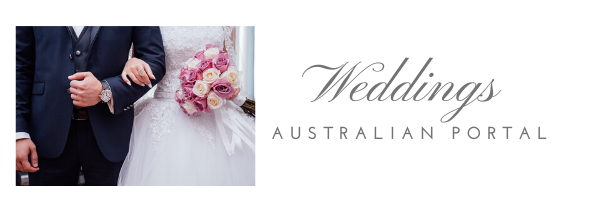
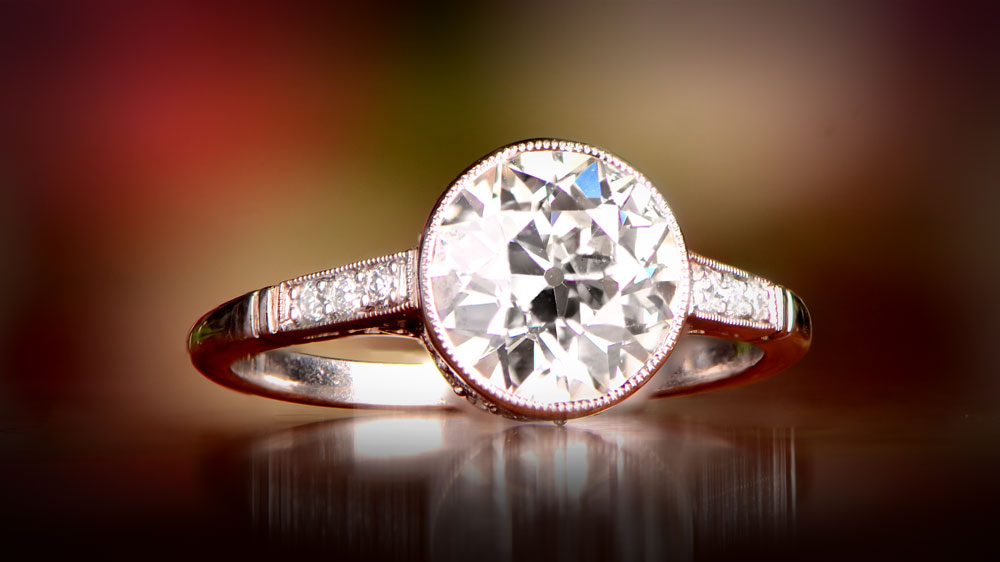

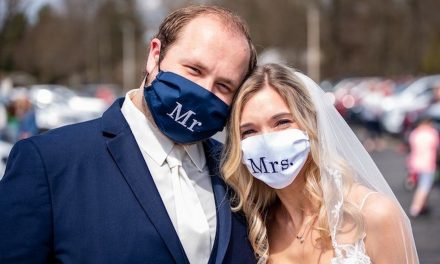
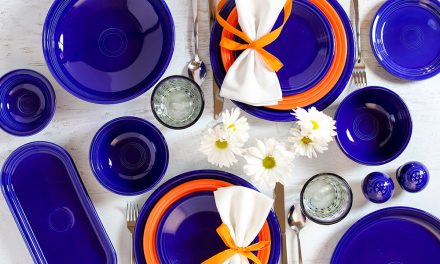
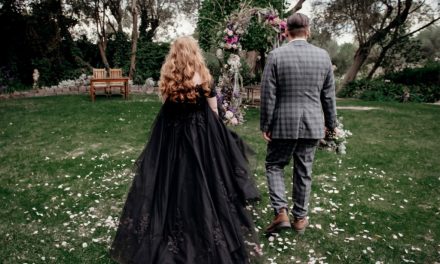





Recent Comments